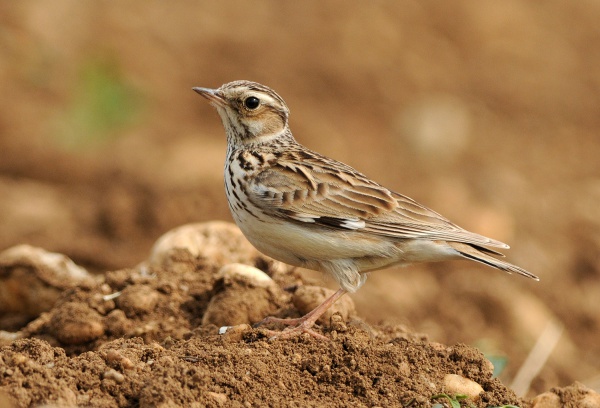Facts About Woodlark
The woodlark, or wood lark, is the sole extant species in the lark genus Lullula. These birds inhabit diverse regions, ranging from Europe and the Middle East to western Asia and the mountainous areas of North Africa. While they generally remain within the western portion of their range, eastern populations are more migratory, often moving south for the winter. There are two recognized subspecies: L. a. arborea and L. a. pallida, each with distinct distribution zones.
Woodlarks primarily consume seeds but shift to an insect-based diet during the breeding season. This bird boasts an intriguing taxonomic past, first cataloged by Linnaeus in 1758. The name "woodlark" is derived from the French term "Lulu" which imitates the bird's song. Measuring about 13.5 to 15 centimeters in length, woodlarks are small birds with brown plumage, a pale underbelly, and a white-tipped tail.
One of the woodlark's most enchanting traits is its melodious song, characterized by sounds such as "lu-lu-lu-" or a series of "lū-lū-lū-lū-lū-." They are often heard singing in flight. Their preferred habitats include heathlands, open areas with scattered trees, clearings in pine forests, and newly planted pine regions. Occasionally, they are also observed in urban areas, particularly where the ground is disturbed.
During the breeding season, male woodlarks engage in elaborate song flights, reminiscent of skylarks, spiraling upwards while singing. They begin nesting early in the season, constructing ground-nests. While their diet consists primarily of seeds, they incorporate insects when breeding. Unfortunately, woodlarks face threats such as habitat loss due to agriculture, urban development, and wildfires.
In Europe, the woodlark population is estimated to be between 1.3 and 3.3 million breeding pairs. Classified as of least concern by the IUCN Red List, woodlarks are not currently at immediate risk of extinction. Nevertheless, their numbers have experienced fluctuations over the years, prompting conservation efforts aimed at habitat preservation.

 Russia
Russia